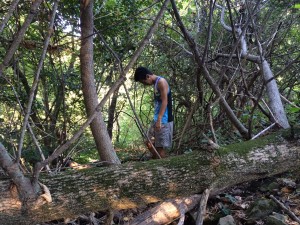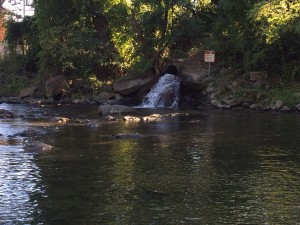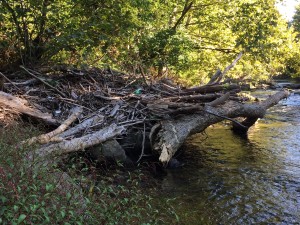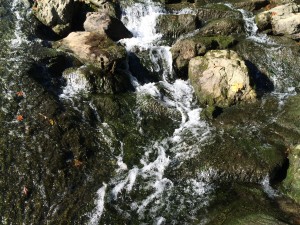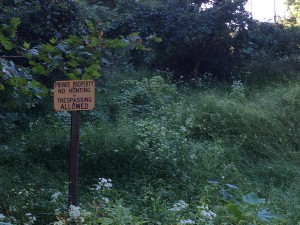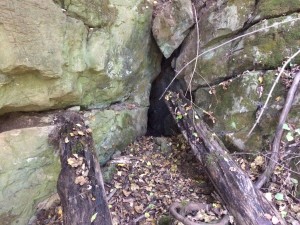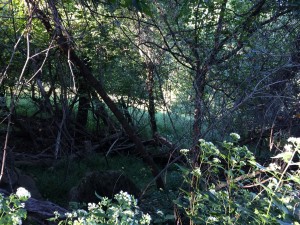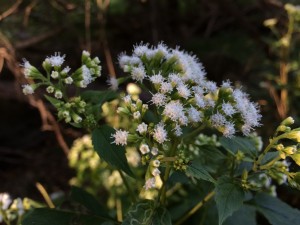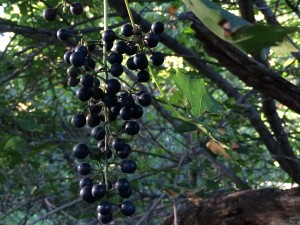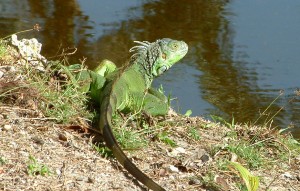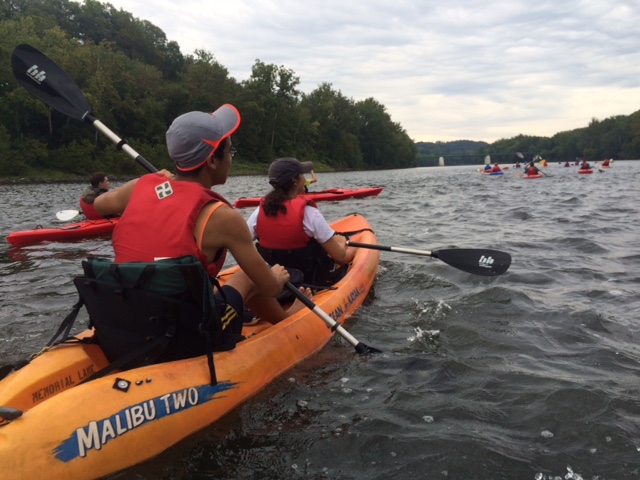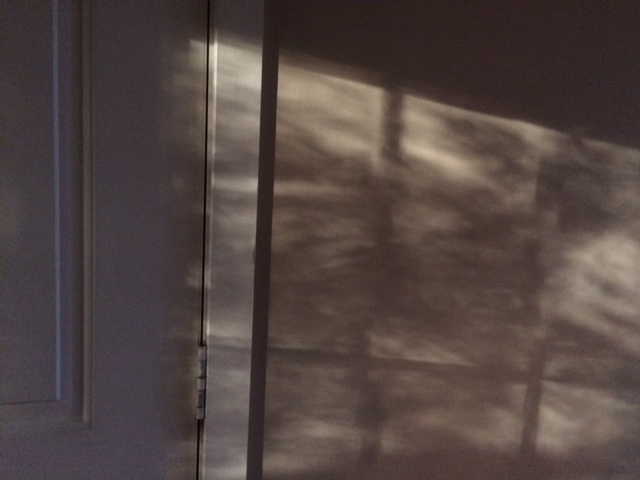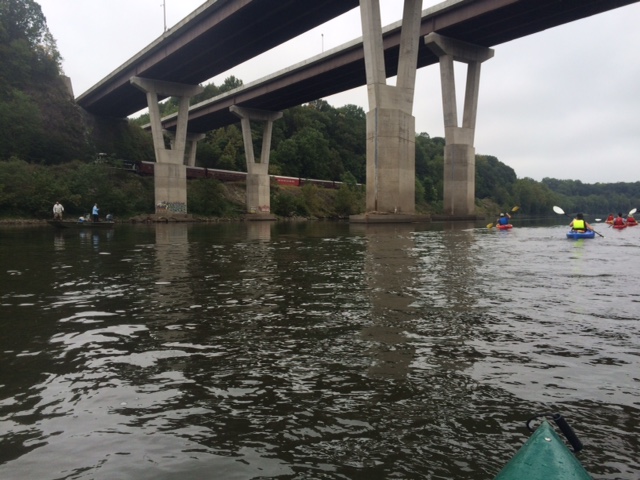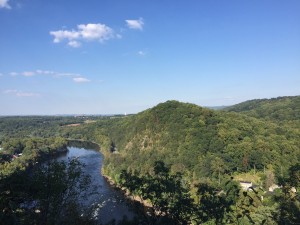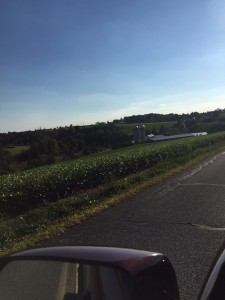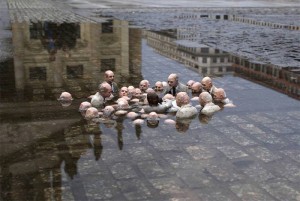Today we touched on experiences in nature that made us uncomfortable. Specifically, times when we were no longer at the top of the food chain. I began thinking about other instances when we might find ourselves at the mercy of Mother Nature.
I was reminded of the Annie Dillard piece, Flood, and how it talked about the power and influence of water on our lives. One part talks about a snapping turtle and how, after the storm that caused the flood, there was a snapping turtle being bothered by a group of children with a broom handle. The broom poked the turtle as entertainment for, as Dillard says, “you shove a broom handle near it, and it ‘snaps it like a matchstick. It’s nature’s way; it’s sure-fire’” (156). This idea that there is an expectation of nature when you go into it, but get something totally different. The turtle ends up disappointing the children when it refuses to bite the broom. This paragraph about the snapping turtle is meant to remind the reader that you don’t always get what you expect from nature. In the rest of the piece, Dillard tells the story of a flood that occurs on Tinker Creek. While the creek usually provides a quiet brook for the locals to enjoy, the flood causes mass destruction and reminds us that there are parts of nature we have no control over much like the will of a snapping turtle.
Dillard, also remarks at the end of the piece, however that from the flood came some kind of good, where one of the homes damaged by the flood recovered and took something from the disaster. The flood left behind, at one of the homes not completely destroyed by the flood, a giant mushroom for the owners to enjoy. Dillard says, “the flood left them a gift, a consolation prize, so that for years to come they will be finding …mushrooms” (160). Even while there may be destruction from these floods, life will go on.
I think a flood is like a wild animal, from far away they may be an awesome sight, but they’re not something you want to see at your front door.

